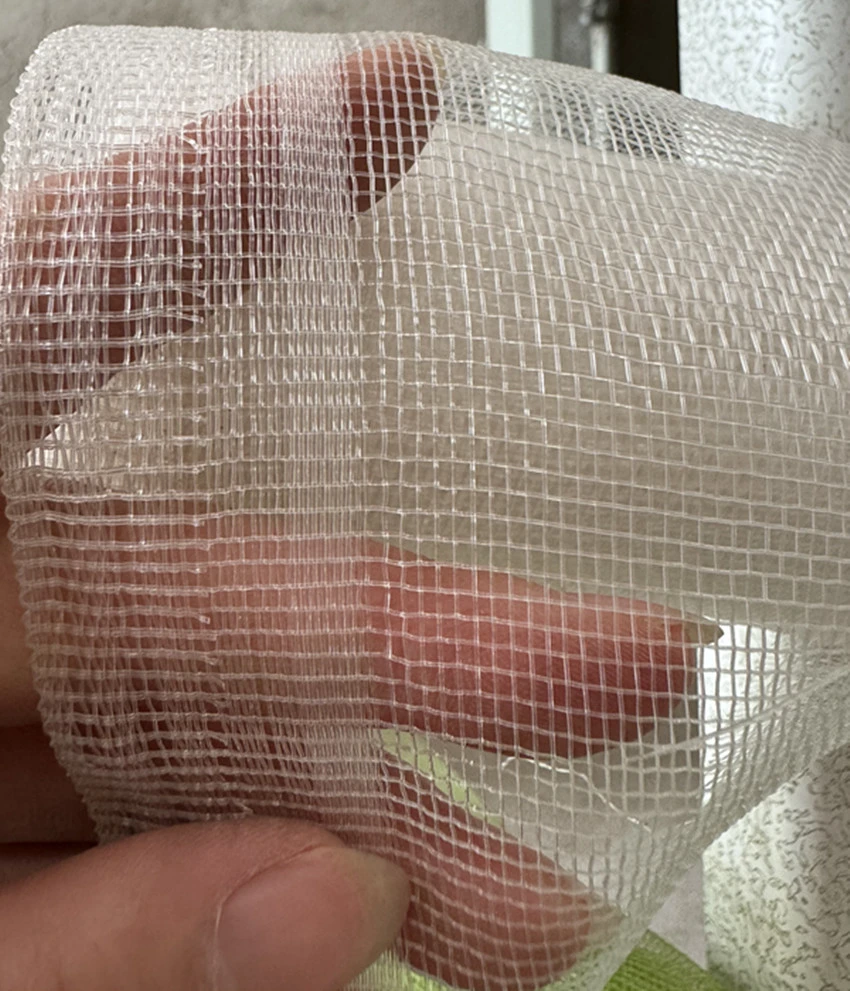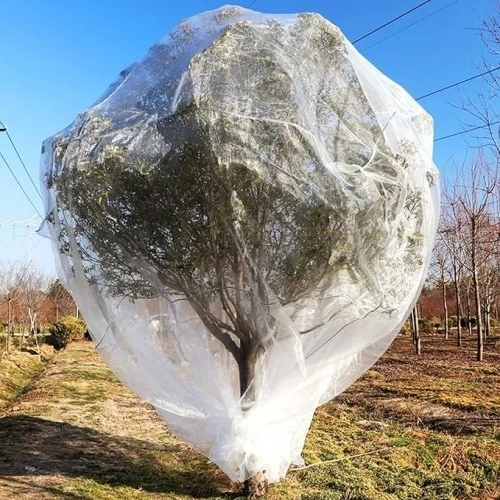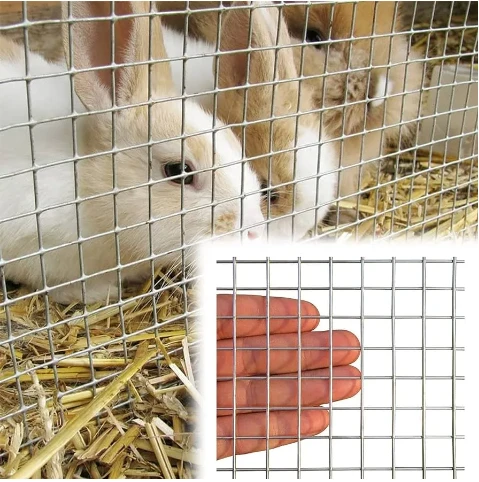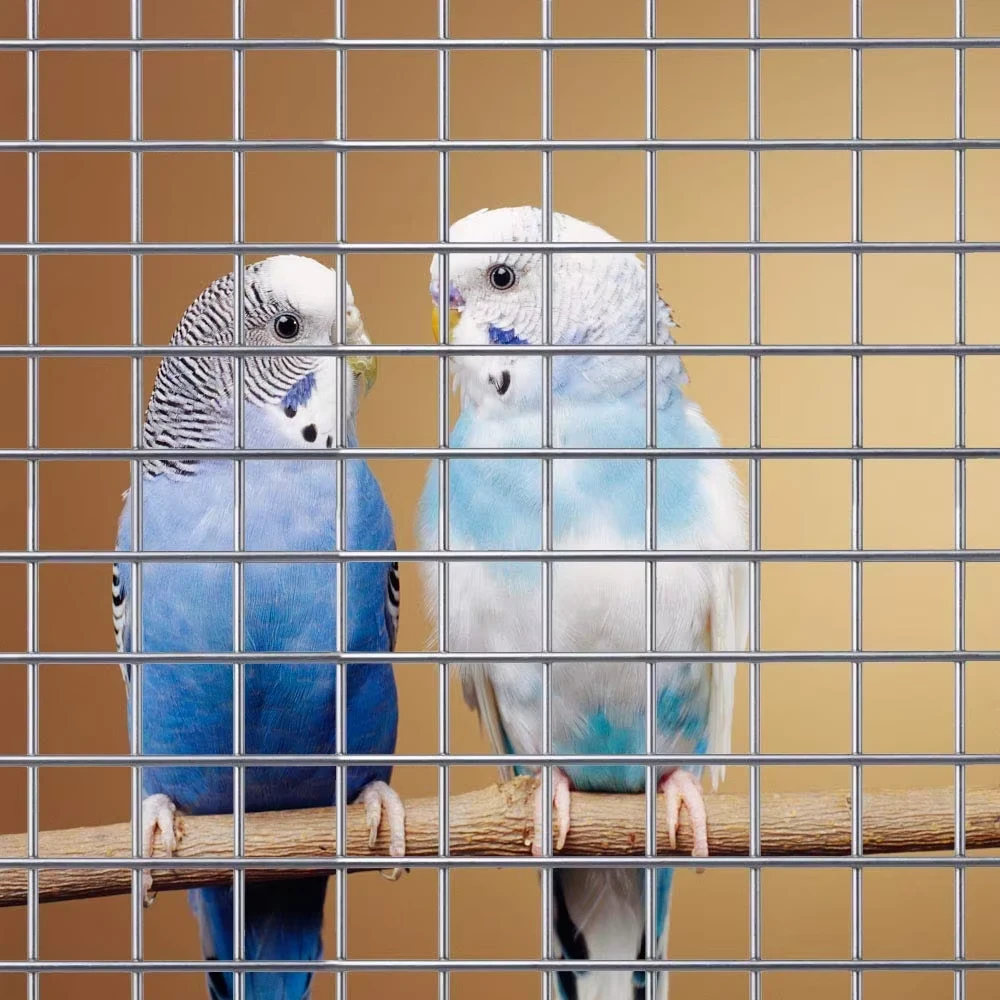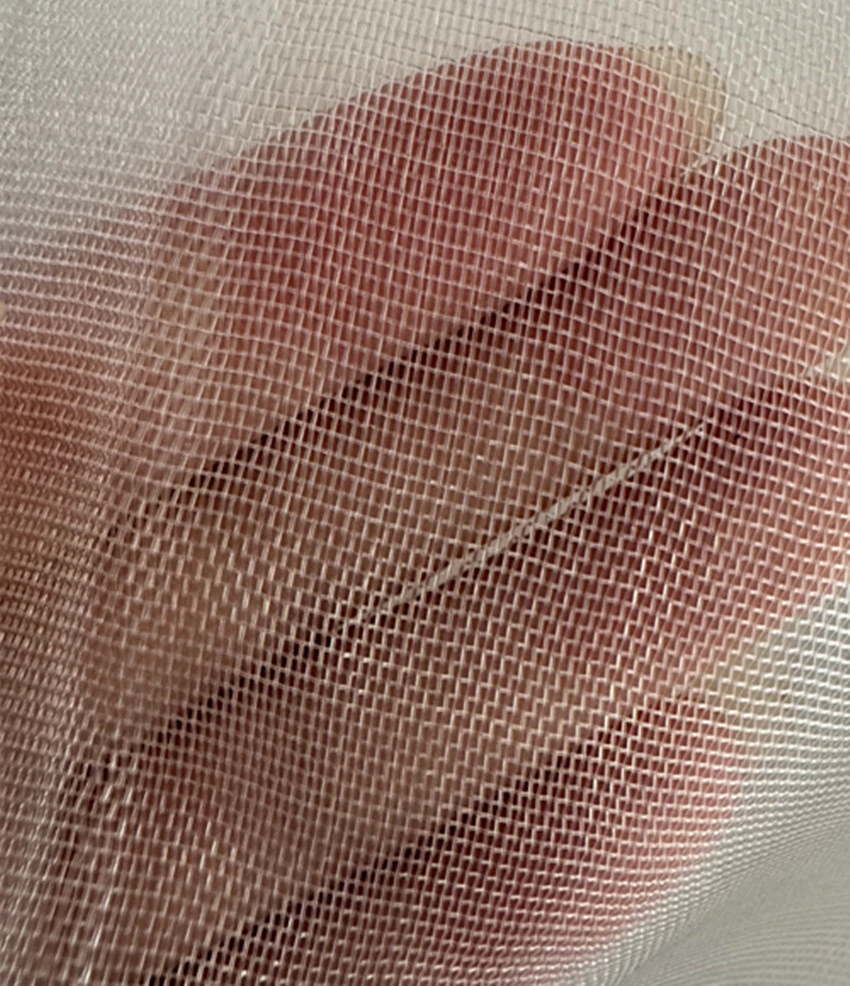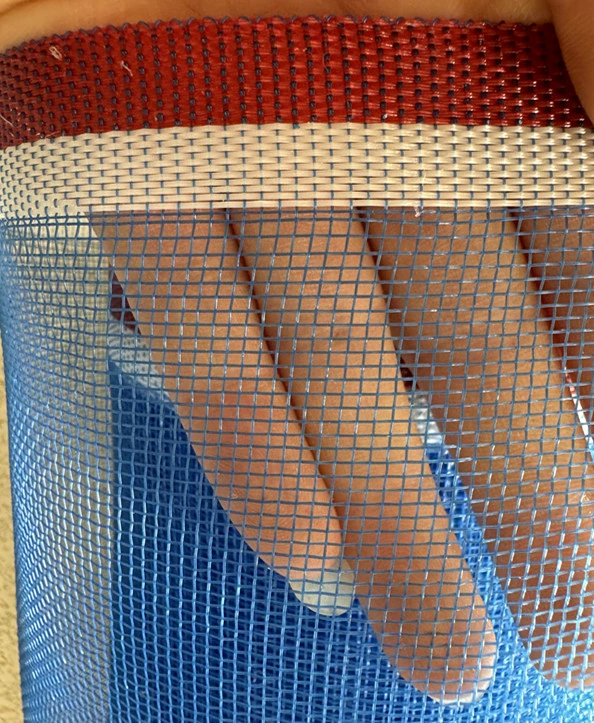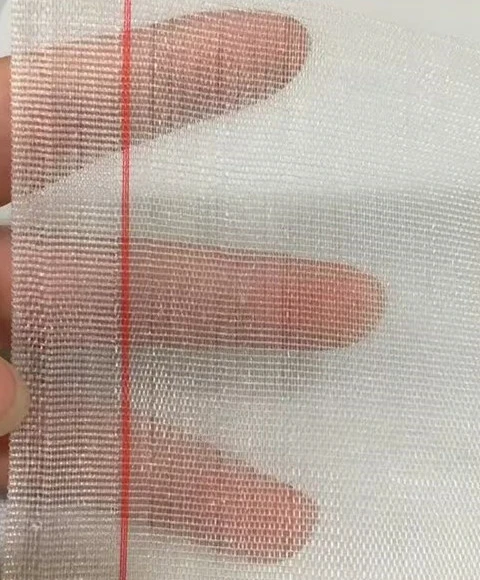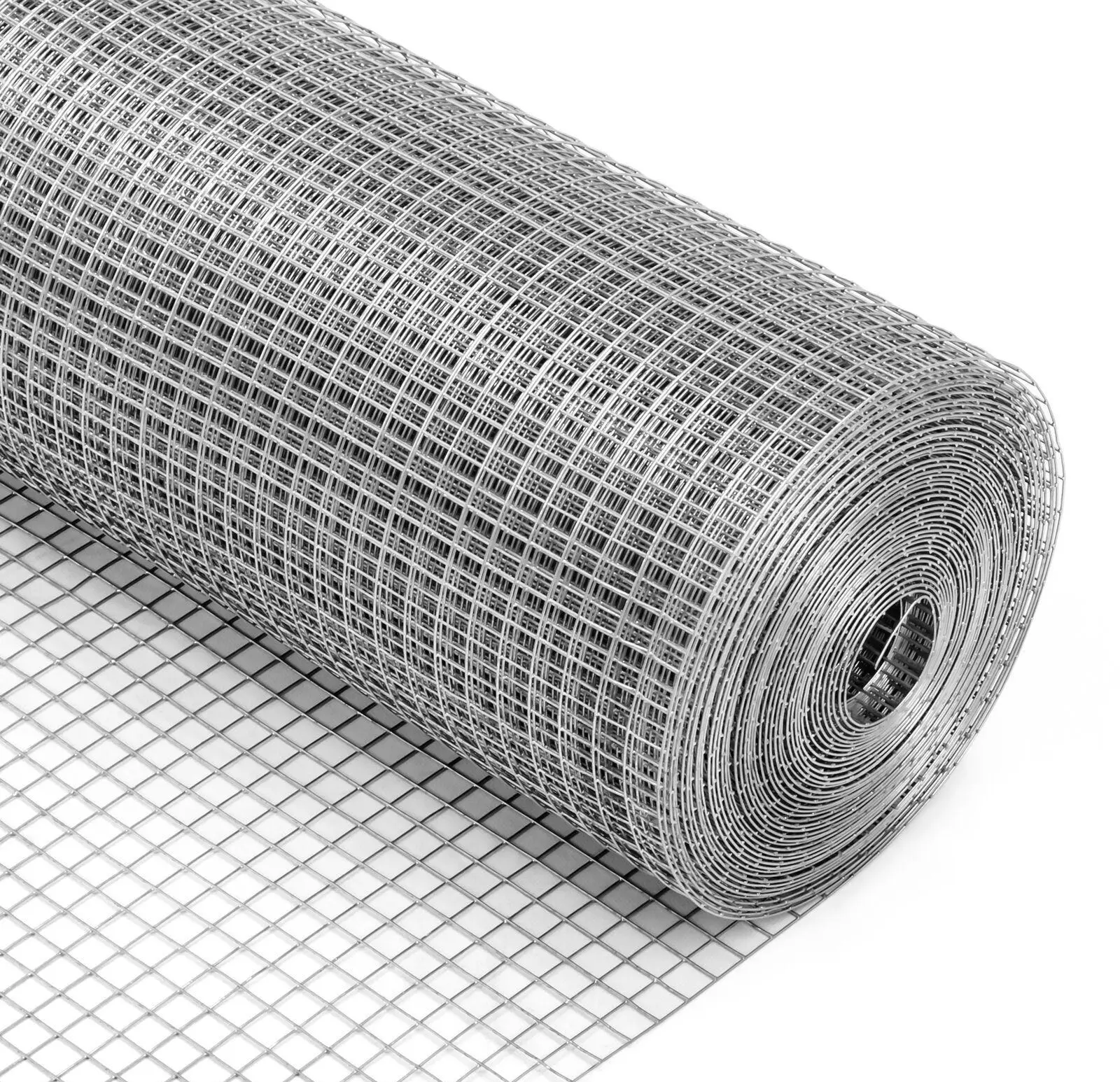-
 Afrikaans
Afrikaans -
 Albanian
Albanian -
 Amharic
Amharic -
 Arabic
Arabic -
 Armenian
Armenian -
 Azerbaijani
Azerbaijani -
 Basque
Basque -
 Belarusian
Belarusian -
 Bengali
Bengali -
 Bosnian
Bosnian -
 Bulgarian
Bulgarian -
 Catalan
Catalan -
 Cebuano
Cebuano -
 China
China -
 Corsican
Corsican -
 Croatian
Croatian -
 Czech
Czech -
 Danish
Danish -
 Dutch
Dutch -
 English
English -
 Esperanto
Esperanto -
 Estonian
Estonian -
 Finnish
Finnish -
 French
French -
 Frisian
Frisian -
 Galician
Galician -
 Georgian
Georgian -
 German
German -
 Greek
Greek -
 Gujarati
Gujarati -
 Haitian Creole
Haitian Creole -
 hausa
hausa -
 hawaiian
hawaiian -
 Hebrew
Hebrew -
 Hindi
Hindi -
 Miao
Miao -
 Hungarian
Hungarian -
 Icelandic
Icelandic -
 igbo
igbo -
 Indonesian
Indonesian -
 irish
irish -
 Italian
Italian -
 Japanese
Japanese -
 Javanese
Javanese -
 Kannada
Kannada -
 kazakh
kazakh -
 Khmer
Khmer -
 Rwandese
Rwandese -
 Korean
Korean -
 Kurdish
Kurdish -
 Kyrgyz
Kyrgyz -
 Lao
Lao -
 Latin
Latin -
 Latvian
Latvian -
 Lithuanian
Lithuanian -
 Luxembourgish
Luxembourgish -
 Macedonian
Macedonian -
 Malgashi
Malgashi -
 Malay
Malay -
 Malayalam
Malayalam -
 Maltese
Maltese -
 Maori
Maori -
 Marathi
Marathi -
 Mongolian
Mongolian -
 Myanmar
Myanmar -
 Nepali
Nepali -
 Norwegian
Norwegian -
 Norwegian
Norwegian -
 Occitan
Occitan -
 Pashto
Pashto -
 Persian
Persian -
 Polish
Polish -
 Portuguese
Portuguese -
 Punjabi
Punjabi -
 Romanian
Romanian -
 Russian
Russian -
 Samoan
Samoan -
 Scottish Gaelic
Scottish Gaelic -
 Serbian
Serbian -
 Sesotho
Sesotho -
 Shona
Shona -
 Sindhi
Sindhi -
 Sinhala
Sinhala -
 Slovak
Slovak -
 Slovenian
Slovenian -
 Somali
Somali -
 Spanish
Spanish -
 Sundanese
Sundanese -
 Swahili
Swahili -
 Swedish
Swedish -
 Tagalog
Tagalog -
 Tajik
Tajik -
 Tamil
Tamil -
 Tatar
Tatar -
 Telugu
Telugu -
 Thai
Thai -
 Turkish
Turkish -
 Turkmen
Turkmen -
 Ukrainian
Ukrainian -
 Urdu
Urdu -
 Uighur
Uighur -
 Uzbek
Uzbek -
 Vietnamese
Vietnamese -
 Welsh
Welsh -
 Bantu
Bantu -
 Yiddish
Yiddish -
 Yoruba
Yoruba -
 Zulu
Zulu
Choosing the Right Shade Netting for Optimal Agricultural Growth and Crop Protection
Agricultural Shade Netting Enhancing Crop Growth and Sustainability
Agricultural shade netting has become a vital component in modern farming practices. As the global demand for food continues to rise, the agricultural sector is constantly seeking innovative solutions to enhance crop yield while minimizing resource consumption. Shade netting, a specialized fabric designed to filter sunlight, offers numerous benefits for growers, making it an essential tool in sustainable agriculture.
One of the primary advantages of agricultural shade netting is its ability to regulate temperature. Excessive heat can be detrimental to many crops, leading to heat stress that can stunt growth or even result in crop failure. Shade nets help maintain an optimal microclimate by reducing direct sunlight exposure, thereby lowering the temperature beneath the netting. This is particularly important in regions prone to high temperatures, where the shade netting can shield sensitive plants from harmful UV rays and extreme heat, promoting healthier growth.
Moreover, shade netting assists in controlling water evaporation. In many agricultural settings, water scarcity is a significant concern. Shade nets reduce the amount of direct sunlight hitting the soil surface, which in turn decreases evaporation rates. This helps farmers conserve water, ensuring that their crops receive adequate moisture without over-reliance on irrigation. By maintaining soil moisture levels, shade netting supports more efficient water use, which is crucial in arid regions or during drought conditions.
In addition to moderating temperature and conserving water, agricultural shade netting can also protect crops from adverse weather conditions. Heavy rainfall, hail, and strong winds can damage delicate plants and impede crop production. Shade nets act as a protective barrier, safeguarding crops from extreme weather events while still allowing for proper air circulation. This protective function not only enhances the resilience of crops but also increases the potential for successful harvests.
agricultural shade netting

Another important benefit of using shade netting is its role in pest management. Certain pests thrive under direct sunlight, and by using shade nets, farmers can create an environment that is less conducive to these unwanted intruders. The netting can act as a physical barrier, preventing pests from accessing the plants while allowing natural pollinators, such as bees, to enter. This integrated approach to pest management helps reduce the reliance on chemical pesticides, promoting a healthier ecosystem and more sustainable agricultural practices.
Additionally, shade netting can enhance the overall quality of crops. By providing filtered light, the nets can encourage the growth of specific characteristics in fruits and vegetables, such as color, size, and flavor. This can result in higher market values and better consumer satisfaction, ultimately benefiting farmers economically.
Finally, agricultural shade netting is versatile, available in various types, colors, and densities to suit different crops and climates. Whether used for high-value horticultural crops or in large-scale agricultural operations, shade nets can be customized to meet the specific needs of the grower. This adaptability makes shade netting a practical and valuable investment for farmers looking to maximize their yield and sustainability.
In conclusion, agricultural shade netting is an innovative solution that addresses multiple challenges faced by modern farmers. By moderating temperature, conserving water, providing protection from adverse weather, assisting in pest management, and improving crop quality, shade netting is an essential tool for enhancing agricultural productivity. As we look towards the future of farming, the integration of sustainable practices like shade netting will be critical in meeting the increasing global food demand while preserving our natural resources.
-
Why Construction Steel Mesh is the Backbone of Modern InfrastructureNewsJun.27,2025
-
The Ultimate Solution for Versatile Industrial and Consumer ApplicationsNewsJun.27,2025
-
Smart Breeding Starts Here: The Ideal Breeder Net for GuppiesNewsJun.27,2025
-
Maximize Your Harvest with Smart NetNewsJun.27,2025
-
High-Performance Steel Mesh Solutions for Modern IndustryNewsJun.27,2025
-
Durable Solutions for Modern Agriculture and LandscapingNewsJun.27,2025




